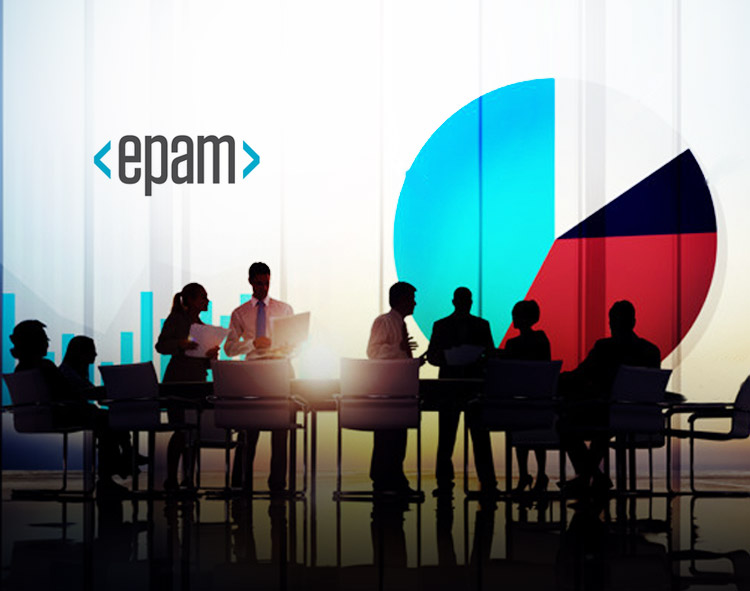Key findings from surveys in Hong Kong, Singapore, the U.S., and UK reveal opportunities, challenges, and inevitable changes ahead for traditional financial institutions, fintech and neobanks
EPAM Continuum, the integrated business, technology, and experience consulting practice of EPAM Systems, Inc. (NYSE: EPAM), today announced the release of its Consumer Banking Report 2020. Surveying 4,500 people across key banking regions including the United Kingdom, the United States, Hong Kong and Singapore, the report explores evolving behaviors, expectations and motivations, with key findings suggesting that, despite recent innovations in financial services, the fundamental behavioral drivers of customers remain largely unchanged. For any radical change to happen, banks need to become more ubiquitous and have the ability to seamlessly integrate with the platforms and services that make up their customers’ personal digital ecosystem in order to bring banking to them – not the other way around.
“Whether you’re a FinTech challenger or an established global bank, or a Neobank, the landscape for finance has undeniably transformed, and with it, so have customer expectations,” says Panos Archondakis, Global Head, Banking & Wealth Management, EPAM Systems. “From developing new FinTech brands to helping transform existing global banking platforms, EPAM has been at the center of one of the most exciting periods of change this industry has known. And if that experience has taught us anything, it’s that the biggest changes are yet to come.”
In the report, EPAM paints a rich and detailed picture of today’s banking customers and highlights key emerging themes, including:
- Building and Maintaining Trust Is Everything.
Key findings show that an overwhelming majority, 82%, are satisfied with their traditional banks. Only 4% of respondents are “slightly unhappy,” with just 1% “extremely unhappy.” While COVID-19 has had a strong impact on customer attitudes, with 50% of customers reassessing their banking needs in response to the pandemic, it has not influenced behaviors with customers behaving cautiously during this period of uncertainty and risk. While this is a strong indicator of the significant challenges ahead for neobanks, opportunities abound.
- For Potential Switchers, Customer Experience Is Key – Not King.
Despite paving the way for so much innovation, neobanks have yet to penetrate the market in a meaningful way and, as a result, face significant challenges in sustaining growth. According to EPAM’s survey, only 3% of all respondents use a neobank as their sole account—not in combination with other banks—whereas 14% use it in combination with one or more banks, with 5% of those using their neobank as the primary account.
“EPAM’s findings present clear implications for neobanks, which are often focused on customer experience to differentiate and attract new customers,” says panelist Stessa Cohen, a former Gartner analyst, and current independent analyst, and member of the Analyst Syndicate, advising banking software businesses and Fintechs on strategy and positioning. “While customer experience is important, it is not enough. Neobanks must target those ‘hidden tribes’ of customers who are not only open to switching banks, but also are more likely to be swayed by financial benefits or a hassle-free switching experience.”
Read More: FT Survey: 78% say UK banks have “surprised themselves” with their adaptability during COVID-19
- Banks Should Focus on Offering Value-Added Services to Support Everyday Needs.
For those who would consider switching banks, more than half of respondents would be tempted by value-add benefits, such as good interest rates, a sign-up bonus, cashback, or insurance. Developing a resonant brand and creating a strong customer experience are important elements of a competitive banking proposition, but they alone won’t be enough to convert customers at scale. Banks that find a way to support and facilitate people’s lives in meaningful and purposefully differentiated ways will be well-placed to outperform the competition and drive sustained growth.
- Banking Services need to be integrated with Customers’ Go-To-Channels
Our survey shows that there is an openness to innovation, especially across certain age groups, with 40% of 18- 44-year-olds open to banking through social platforms and intelligent assistants. It is not such a big leap for banks to consider meeting people where they spend most of their time—on social media. In addition to creating the right products and services, they need to be offered and consumed with minimal friction. This means having a strong and visible presence in the channels where banks’ target customer segments are already active. The future is ubiquitous banking: bringing banking to the customer – not the other way around.
EPAM’s research uncovered five audience segments based on key behavior patterns and summarizes the motivations, attitudes, needs and expectations for each segment. These research insights will help the banking industry better understand the evolving needs of their customers and how to better serve them.
Read More: GlobalFintechSeries Interview with Adrien Treccani, CEO and Founder of METACO
